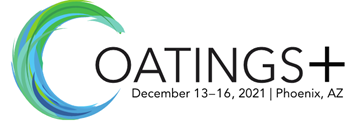Search
Trends in Tank Lining Test Methodology for Oil and Gas Service
Also Purchased
In-Situ Coating Method for Cleaning and Coating of Internally Corroded Pipelines in the Field
Product Number:
41213-751-SG
Publication Date:
2013
$20.00
(Pipeline, Oil & Gas) A Hot Spread Epoxy Phenolic Coating for CUI Mitigation: From Confusion to Fusi
Product Number:
30-COAT_DEC21
Publication Date:
2021
$20.00
Linings’ Testing for High Pressure and High Temperature Operations
Product Number:
41215-902-SG
Publication Date:
2015
$20.00
Recently viewed




